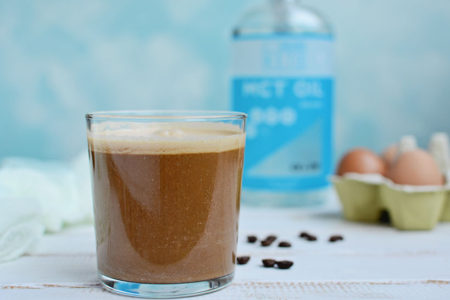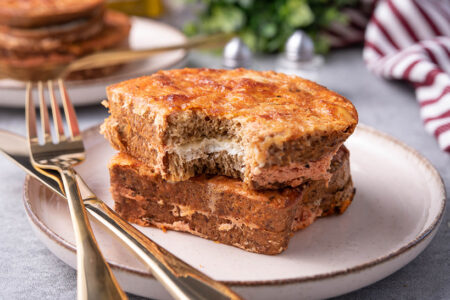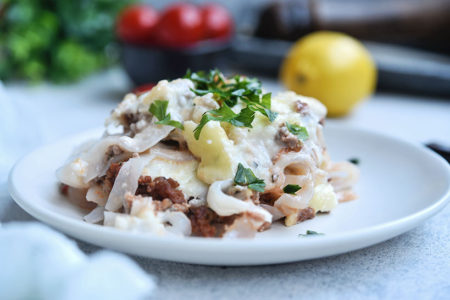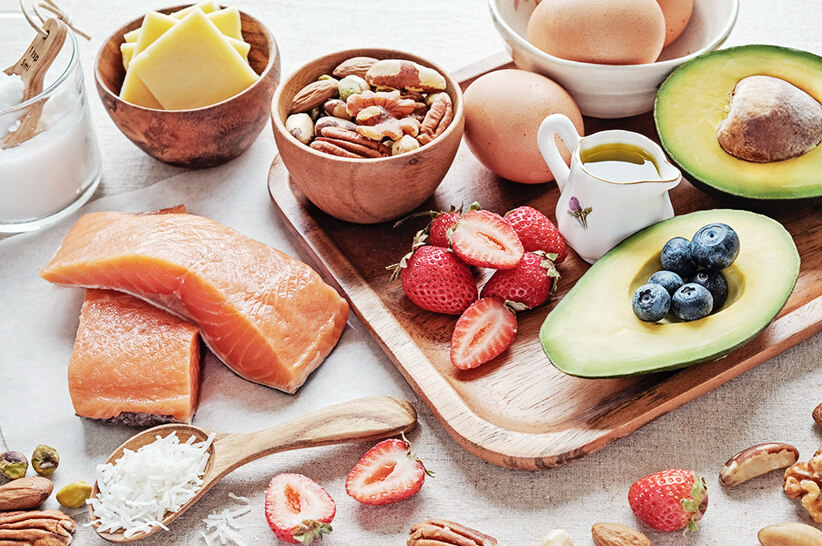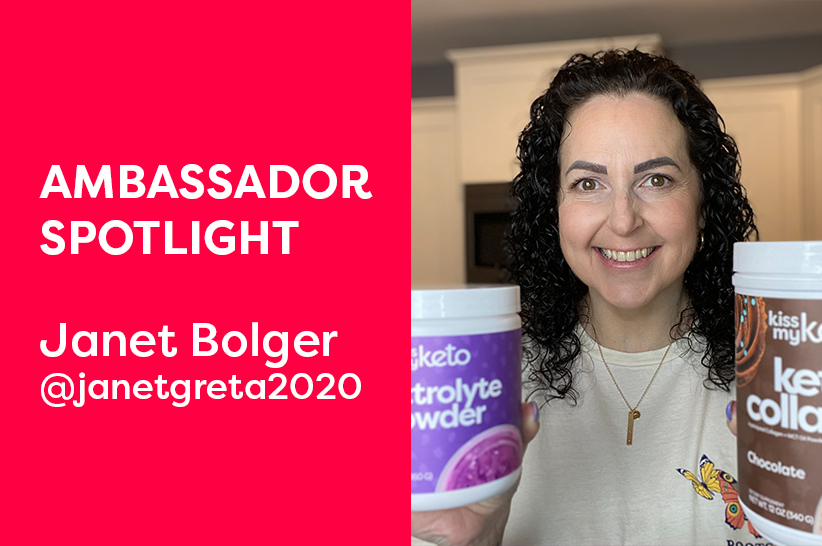Fat is an amazing ingredient– it makes everything taste better and keeps you feeling fuller for longer. Being the central macro of a ketogenic diet, you also want to eat more of it to make the diet work.
But you can’t rely just on bacon and butter to hit your daily macros. As is always the case with diets — variety is a must even on keto. Eating a range of high-fat, low-carb foods will keep nutritional deficiencies at bay and your digestive system healthy.
Take a look at our list of top 10 high-fat, low-carb foods to add variety to your daily meals. We’ll go over each one and tell you the biggest reasons to start eating more fat in case you need convincing. We’ll also tell you how to make fat a bigger part of your diet. Let’s face it, switching to a high-fat, low-carb foods can be a challenge for most people because most of us are used to relying on carbs and dutifully minimizing fat intake. With our tips and tricks, you’ll make keto eating your new standard.
Why High-Fat, Low-Carb?
You’ve heard it being repeated countless times before – eat too much fat and you’ll get fat. But so far, all scientific evidence points to the contrary. Studies now show that fats, especially saturated fats, are important for your health 1. Research also shows that refined carbs, not fat, is what’s causing the global rise in diabetes, cardiovascular disease, obesity, and cancer 2. Turns out carbs were our hidden enemy all along.
In the context of a ketogenic diet – high-fat, low-carb foods are vital. But why exactly is that so? Because eating these foods is the only way to get into ketosis, a metabolic state where the body burns fat for energy instead of carbs. What this also means is that eating more high-fat, low-carb foods makes your body burn fat. As implausible as that may sound, this phenomenon is backed-up by science since at least the 1920s when the keto diet was first introduced.
Besides weight-loss, the keto diet can also do the following 3:
- Treat insulin resistance and diabetes – the keto diet stabilizes blood glucose and insulin levels – both of which are important in the treatment of diabetes.
- Treat epilepsy in children – the keto diet was originally developed for the treatment of medication-resistant epilepsy in children.
- Ameliorate neurological diseases – examples include migraines, Alzheimer’s, multiple sclerosis, autism.
- Slow-down the spread of cancer – cancer cells cannot survive on ketones but thrive on glucose more than healthy cells.
View this post on Instagram
The ketogenic diet is no gimmick; it is backed-up by scientific facts. It works because it addresses all issues causing excessive weight gain and chronic diseases, namely high blood sugar, insulin resistance, hormonal imbalances, hunger-causing sugar spikes, and inflammation. With all that being said, you probably want to know some good ways to make high-fat, low-carb foods a bigger part of your diet.
How to Eat More Fat
Eating more fat is not as easy as it may seem. You need to completely overturn your pantry, use a wide range of high-fat, low-carb foods, and be creative with your recipes. Here are some ways to do just that:
Use only full-fat ingredients
Ditch anything labeled low or reduced fat and always go for the wholesome full-fat stuff. That also goes for dairy products, cuts of meat, and vegan foods.
Have a variety of natural fats available
Different fats give meals a different flavor. Have a wide range of oils available for all your dishes. Good examples are olive oil, coconut oil, avocado oil, lard, and butter.
Garnish meals with oils and nuts
If you’re preparing something with carbs, it’s always a good idea to add oils or nuts to these dishes to make them more keto-friendly.
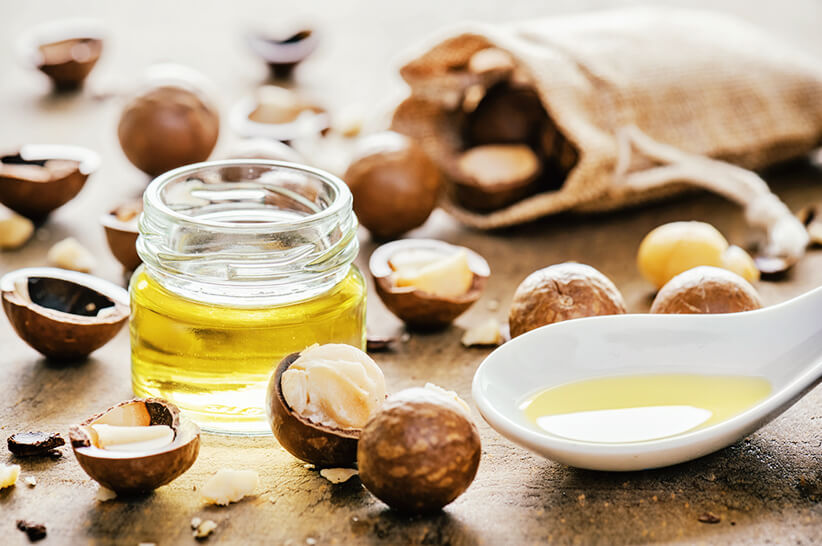
Find low-carb recipes
At Kiss My Keto, we have a comprehensive directory of keto-approved recipes. All recipes there are low-carb and high-fat. They include everything from breakfast and lunch to different meal courses and recipes by ingrediens.
Find full-fat snacks
When food cravings strike, it’s good to have some snacks on deck. Almonds, walnuts, hard-boiled eggs, guacamole, pork rinds, full-fat cheese, and fat bombs all curb hunger without causing sugar crashes.
Cook with plenty of fat
Prepare all meals in a generous amount of fat. Fight the fear of adding too much and with time, you’ll develop a feel for how much fat is enough to make a dish tasty.
Besides the tips above, you also want to pay attention to your intake of carbohydrates and protein – two macronutrients your body can’t do without. Both are an essential part of a keto diet, but you need to eat them sparingly.
The typical ratio of macros on a keto diet is 75% fat, 15-30% protein, and 5-10% carbs. Make sure to keep your intake within this range for best keto results and optimal health.
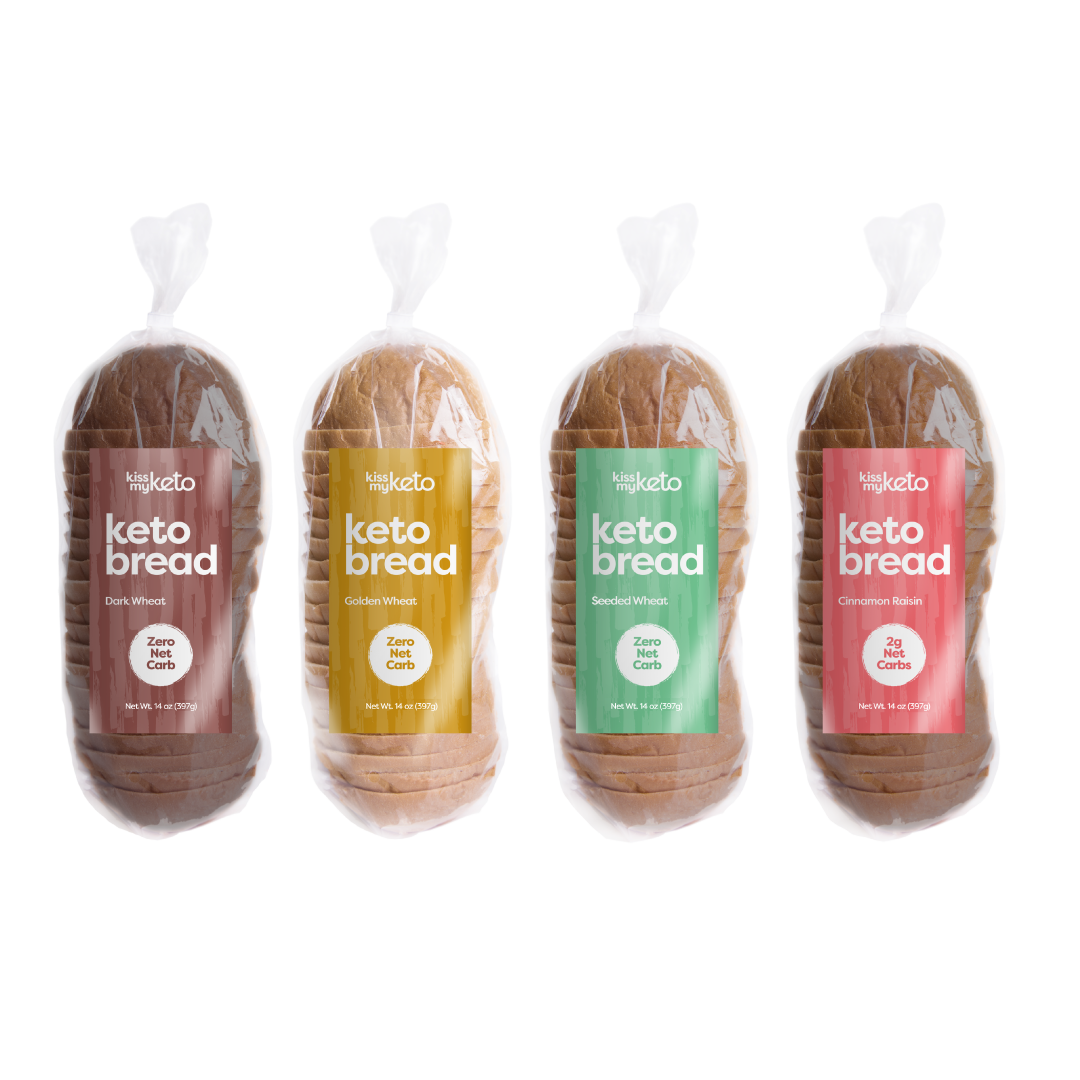
10 High-Fat, Low-Carb Options to Add to Your List
On a keto diet, you want to try and eat a variety of high-fat, low-carb foods from all food groups except grains. And in case you are vegan, you can skip the dairy and go for coconut-based products. Knowing which high-fat, low-carb foods are best makes making meal plans easier. That’s why we made this top 10 list of high-fat, low-carb foods for you. Add each one to your shopping list today.
1. Nutritious Avocados
The avocado is a true gem among keto veggies because it is a high-fat, low-carb food that is rich in vitamins and minerals. One medium avocado (200 grams) has around 13.5 grams of fat and only 3.5 grams of net carbs 4. That means you can safely eat a whole avocado and still be far away from the 30 grams a day limit.
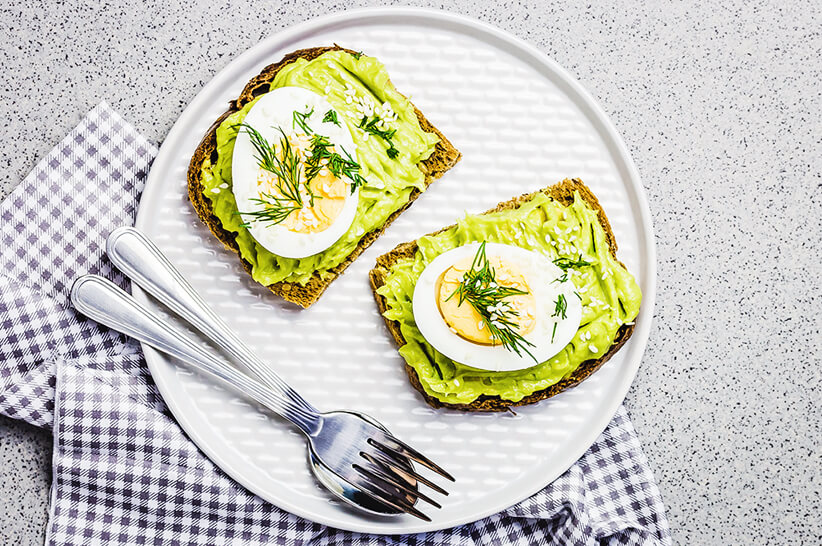
Avocado is also an excellent source of protein as well as the antioxidant vitamins C and E, brain-boosting B vitamins, and heart-benefiting minerals magnesium and potassium.
Almost half (45%) of the total avocado’s weight is fat. Most of it comes in the monounsaturated (MUFA) form, the rest being polyunsaturated (PUFA) and saturated fat. Researchers say that the fat in avocado promotes cardiovascular health and enhances the absorption of vitamins and phytochemicals 5. Its fiber content also aids digestion.
You can prepare and eat avocados in countless ways. Its neutral taste and creamy texture pairs well with a wide range of dishes. Add it to salads, make avocado dips, stuff it with scrambled eggs and bacon, or use it in smoothies. Whatever you do, make sure to sprinkle lemon juice over avocados once you slice it open to prevent oxidation.
2. Good Old Butter
No matter how dull a food, butter will make it scrumptious. Butter adds richness and flavor to meals like no other fat. It’s also a popular keto ingredient. Have you heard about bulletproof coffee? It’s a butter and coffee blend popular among keto dieters because it gives you mental focus and lasting energy. An alternative is using MCT oil to make keto coffee. Learn how to make keto coffee by clicking here.
Butter is 80% fat, and most of it is the saturated kind. Saturated fat has been unfairly vilified for too long. This caused most people being self-conscious about their butter intake. Keto dieters are not like that; they know that butter is good for them. Studies show that saturated fats from high-fat, low-carb foods like butter have a place in health-promoting diets 6. So, don’t fret it and keep a stick available at all times.
Besides being exceptionally high in fat content and being versatile, butter is also one of the best sources of butyric acid. Butyric acid is a fatty acid that plays an important role in gut health and the immune system 7. If you suffer IBS or frequent constipation and diarrhea, then butyric acid from butter helps.
3. Disease-Fighting Fatty Fish
Salmon, trout, sardines, mackerel, and tuna are all great examples of fatty fish. These fish contain high amounts of fish oil, which, in turn, contains two types of fatty acids: eicosapentaenoic acid (EPA) and docosahexaenoic acid (DHA) 8. Both belong to the omega-3 fatty acid group which are the healthiest kind for your heart, nervous system, metabolism, and immune system.
Omega-3 fatty acids are essential fatty acids that the body can’t make on its own. Unfortunately, few foods are high in high-quality omega-3s. So far, researchers know that marine food is the best source of these nutrients. Eating more fatty fish will help you get enough of this important fat while on a keto diet.
However, like all meat, fish is also rich in protein. Being a high-fat, low-carb food doesn’t mean you can eat as much as you want. Our bodies are able to convert a portion of proteins into glucose and this inevitably kicks you out of ketosis (a process known as gluconeogenesis). That’s why limiting protein intake on keto is so important.
4. Versatile Eggs
On days when you don’t have the time or energy to prepare elaborate meals, eggs come in handy. You can make simple keto-dishes with this versatile ingredient and still meet your macros. One large egg will provide you with 5 grams of fat and 6 grams of protein. Eggs also provide nutrients hard to find in other common foods. These include vitamin D, choline, and selenium.
In case you need some meal ideas, try scrambled eggs with butter; eggs and bacon, and fried eggs served with a few slices of avocado or canned tuna. You can also make some hard-boiled eggs and keep them in the fridge for a quick snack. However, do keep your intake to fewer than 3 eggs per to protect your cardiovascular health as well as to limit your protein intake.
5. Enigmatic Pecans
Pecans are a strange nut. They look like walnuts from afar but taste nothing like them. And as far as the right pronunciation of pecans goes, there’s no agreement on that, so don’t bother. Call them however you want but do make them a part of your keto diet because pecans are high in fat and low in carbs. Most of their fat is monounsaturated which studies show lowers bad cholesterol 9.
Pecans are also a good source of fiber, thiamin, vitamin E, magnesium, and copper. They’re a good source of antioxidants and help protect against heart disease and cancer 10. Use them to make keto-friendly pecan pies or simply sprinkle them over salads and make them your favorite snack. In case you find that pecans are too much for your budget (the price has been soaring in the last years), then go for walnuts or almonds which are cheaper but also a high-fat, low-carb food.
6. Salty Bacon
A great thing about going keto is that you can eat all the bacon you want but without the guilt. Bacon is over 40% fat and a large portion of it is – surprisingly – the healthy monounsaturated kind (50%). It is also rich in saturated fat and cholesterol. The rest of it is mainly protein. One slice of bacon provides around 40 calories and 3 grams of protein, so keep that in mind when including it into your daily meals. Bacon will also give you some vitamin D, B vitamins, and sodium.
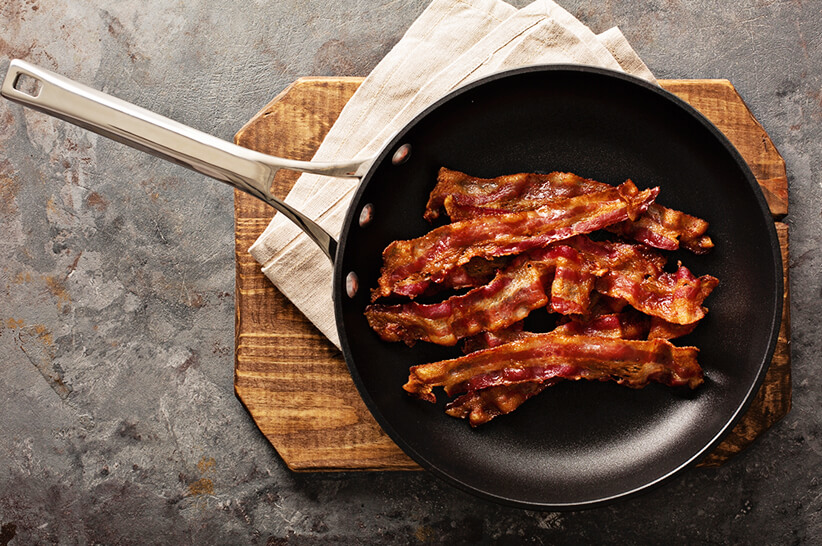
When it comes to health, however, you may want to keep your intake of bacon moderate. Studies on cured meat show that it contains free radicals that can damage our health so we need to keep our intake moderate11. Use bacon for garnishing and preparing meals, but don’t make it a meal on its own. The reason why bacon is so popular for keto is simply because of its fat content. Still, we shouldn’t ignore the fact that it’s a cured meat and as such is meant to be eaten in moderation.
7. Exotic Coconuts
There’s nothing more keto than this exotic gem of a nut. One cup provides 26 grams of fat, almost all of which is saturated. But there’s something special about saturated fat in coconuts. Most of it is made of a type of fatty acid called lauric acid. Lauric acid, which is similar to a medium chain triglyceride, turns into ketones more easily than any other fatty acid 2. For keto dieters, this is valuable information.
The oils in coconuts come with other unique benefits. For example, a number of studies found that it has potent antibacterial and anti-inflammatory properties 13. That’s why coconut oil is used for oil pulling and as an acne treatment. As far as including coconut into your keto diet goes, you have many options. Coconut milk, coconut flour, coconut oil, coconut cream, desiccated coconut, coconut water, and coconut butter are some examples.
8. Timeless Olives
Olives have been a staple of the Mediterranean diet for thousands of years. Researchers believe that they’re the main reason why people in those regions live longer and have lower incidences of cancer and cardiovascular disease 14. Olives are also valuable for keto dieters because a handful provides 4.3 grams of fat and almost no net carbs. Green olives are higher in fat content than black olives.
Olives don’t contribute much to your vitamin and mineral intake. Nevertheless, they are rich in antioxidants which is the main reason why they protect against cancer, diabetes, and cardiovascular disease. You can serve olives with some cheese and drizzle some olive oil to make it more nutritious. They are also a great topping ingredient.
And as far as olive oil goes, it’s a great keto staple that you can use for drizzling, flavoring, and cooking. It is rich in vitamin E with one tablespoon providing 10% of the daily value of this nutrient. Olive oil’s low smoking point and powerful aroma make it not suitable for deep and pan frying. It’s best to use it only for sautéing and baking.
9. Medicinal Flaxseed
Flaxseed is another fat-rich plant food to include into your keto diet. One tablespoon provides 4.3 grams of fat and barely any net carbs. You also get plenty of protein, fiber, thiamin, and magnesium from the same serving. But what’s really noteworthy about flaxseed is the omega-3 fatty acid content. One tablespoon provides a whopping 2,338 mg. The recommended daily intake is 1 – 1.6 grams.
Studies on flaxseed state that this ancient medicinal plant is helpful in reducing cardiovascular disease risk, diabetes, cancer, arthritis, osteoporosis, and autoimmune disorders 15. It is rich in phytoestrogens which are good for preventing breast cancer and reducing menopause symptoms. Flaxseed is also a versatile ingredient. It’s best to eat in the form of oil or flaxseed meal. Both add moisture and richness to baked goods.
Eating intact flaxseed will not give you any benefits because your body can’t break them down and they just pass your digestive tract undigested. On the other hand, ground flaxseed easily goes rancid due to the high omega-3 content. Keep whole flaxseed at hand and grind it in a food processor right before use to get the most benefits.
10. Sacred Peanut Butter
Because everyone loves peanut butter, we bet this all-American pantry staple is on your weekly grocery list. If not, we highly encourage you to change that. Peanut butter is cheap, nutritious, and definitely keto-friendly. Two tablespoons will give you 16 grams of fat, 4,6 grams of net carbs, and 8 grams of protein. It’s also an excellent source of vitamin E, niacin, magnesium, and phosphorous.
Studies show that peanut butter is a good source of Coenzyme Q10, which provides energy to your cells and also functions as an antioxidant 16. It also contains 20 amino acids with arginine being the most abundant. Arginine is a known vasodilator that improves blood vessel health.
To add peanut butter to your keto diet, make grain-free peanut butter cookies, fat bombs, pancakes, and muffins. You can also add it to smoothies and use it as a spread. Make sure to keep your intake to two tablespoons per day to avoid loading up on carbs. If you don’t like peanut butter, however, you can always go for almond butter or tahini.
Takeaways
Making high-fat, low-carb foods a part of your daily meals is a sure way to get into ketosis. It will also make your meals more filling and enjoyable. A diet that’s decadently flavorful and still helps you lose weight? That’s what keto is all about.
The top 10 high-fat, low-carb foods listed here are easy to incorporate into your daily diet. Many are already known kitchen staples but that are eaten in moderation on a standard diet. On keto, however, you need to eat more of these foods than you are used to.
To learn more about how you can make the switch to a keto diet and still get all the nutrients you need, take our Kiss My Keto Ketocademy course. It’s a free learning course that explains everything about the keto diet in just 3 hours. Enroll today and become a high-fat, low-carb food expert.


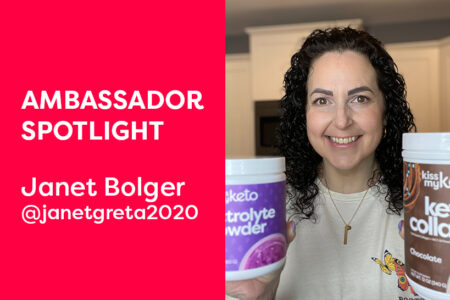

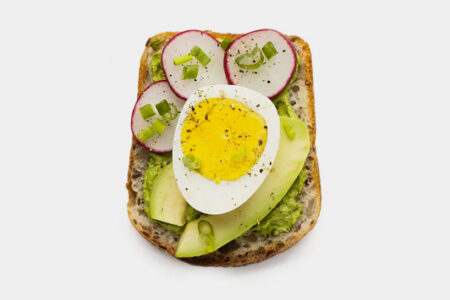
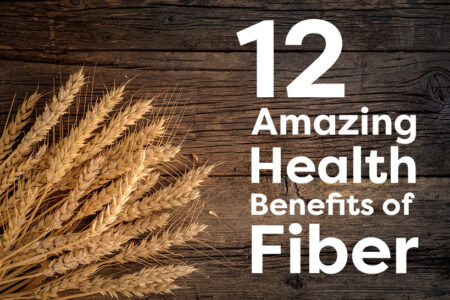


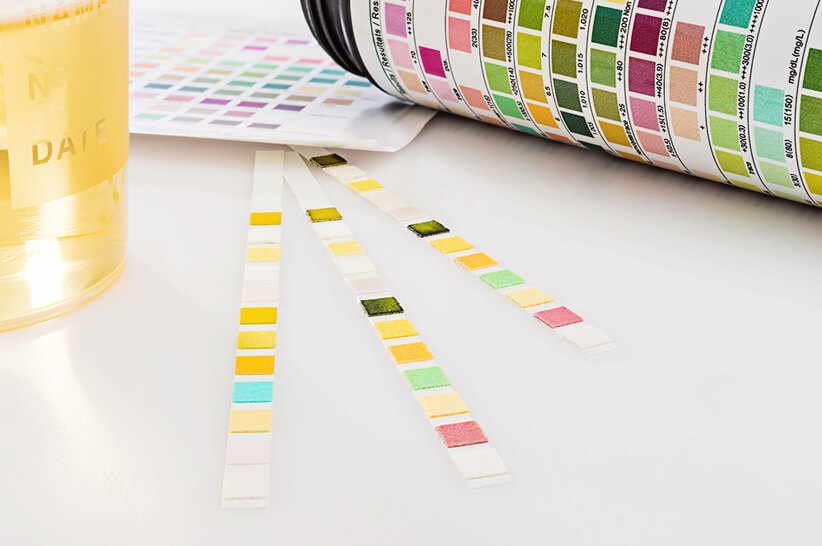

![Juicing for Weight Loss: Everything You Need to Know [Plus Recipes]](/wp-content/uploads/2019/08/Juicing-for-Weight-featured-image.jpg)

